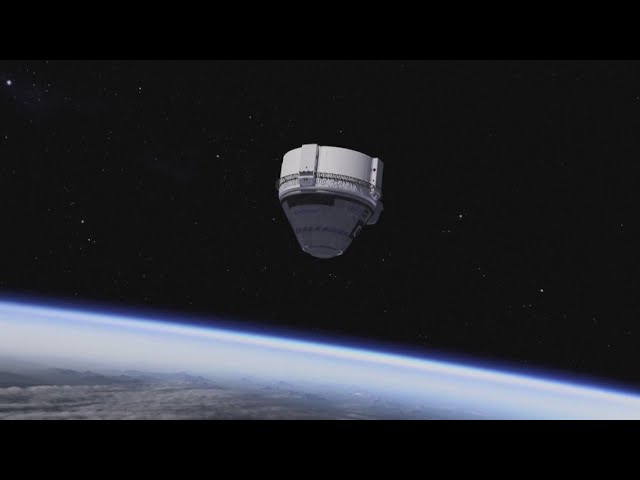Technical problems delay the return of Sunita Williams and Butch Wilmore from the International Space Station
Two NASA astronauts, Sunita Williams and Butch Wilmore, may have to remain on the International Space Station (ISS) until mid-August due to ongoing technical issues with Boeing’s Starliner capsule. The spacecraft, which docked with the ISS on June 6, was supposed to return the astronauts after a week-long test mission. However, faulty thrusters and helium leaks have caused multiple delays.
NASA announced on Wednesday that engineers are still working through the problems to ensure the Starliner’s safety. Steve Stich, NASA’s commercial crew program manager, indicated that while the craft might be ready by the end of July, mission managers are not yet ready to schedule its departure. Stich emphasized the importance of thorough testing and a return flight readiness review before proceeding with undocking and landing.
A routine ISS crew rotation in mid-August serves as a deadline to avoid overcrowding in orbit. Currently, the space station hosts a regular crew of seven, plus the two Starliner astronauts, with sufficient supplies and resources to sustain everyone onboard.
Engineers are performing ground fire evaluations of replica thrusters at NASA’s White Sands test facility in New Mexico and addressing the helium leak issues, which they hope to resolve by the end of this week. Mark Nappi, vice president and program manager of Boeing’s commercial crew program, expressed confidence that the Starliner program would benefit from resolving these issues.
Boeing’s Starliner program, despite being years behind schedule and over $1.5 billion over budget, aims to restore the company’s reputation and offer NASA an alternative to SpaceX’s Dragon capsule for transporting astronauts to lower Earth orbit. If the current test mission concludes successfully, Starliner capsules, officially known as CST-100 (crew space transportation), will undertake six further astronaut rotation flights as part of NASA’s commercial crew program.
Astronaut Wilmore, speaking from the ISS, said he and Williams are enjoying their extended stay and remain unconcerned about the technical problems. He stressed the challenging nature of human spaceflight and expressed trust in the engineers’ decisions and integrity. Williams echoed his sentiments, stating her confidence in the spacecraft’s ability to bring them home safely.
Analysis:
Political: The delays and technical issues with Boeing’s Starliner capsule highlight the broader challenges and complexities within NASA’s commercial crew program. This situation underscores the importance of diversifying partnerships and the need for robust oversight and accountability in public-private collaborations. Politically, this incident may prompt discussions on funding allocations, contract management, and the balance of responsibilities between NASA and its commercial partners.
Social: Socially, the extended stay of the astronauts on the ISS brings attention to the resilience and adaptability required in space exploration. It also emphasizes the human element of space missions, showcasing the dedication and trust that astronauts place in their engineering teams. Public interest in the astronauts’ well-being and the resolution of the technical issues reflects society’s fascination with space travel and its inherent risks.
Racial: The participation of Sunita Williams, an Indian-American astronaut, in this mission highlights the increasing diversity in space exploration. Her presence on the ISS serves as an inspiration to people of various backgrounds and demonstrates NASA’s commitment to inclusivity. However, the situation also brings to light the additional scrutiny and pressure that astronauts of diverse backgrounds may face in high-stakes missions.
Gender: Williams’ role in this mission also underscores the progress made in gender representation in space exploration. Her leadership and expertise challenge traditional gender roles and stereotypes, promoting the idea that women are equally capable of handling the demanding and technical aspects of space missions. This incident may encourage more young women to pursue careers in STEM and space exploration.
Economical: Economically, the delays and technical issues with Starliner have significant implications for Boeing and NASA. The extended mission increases the costs and resources required to support the astronauts on the ISS. Moreover, the situation may affect Boeing’s financial standing and its ability to secure future contracts. The resolution of these issues is critical to maintaining confidence in commercial space ventures and ensuring the economic viability of such partnerships
